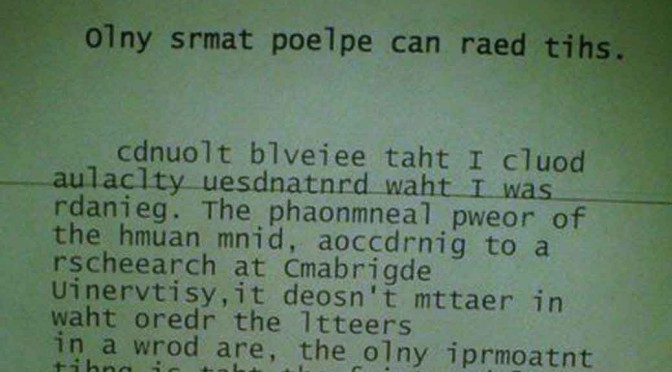By Anupum Pant
Like I’ve told you once, there is no pink. Still, we do see the colour pink and there’s no denying that. Don’t call me a sexist for saying this, but it’s true that the colour pink is associated with femininity. Otherwise the colour is also known to generate feelings of caring, tenderness, and love. If everything we know about pink is somewhat positive, then why isn’t it a good idea to paint your walls pink?
Let me start with a little story.
Hayden Fry and the Pink room
Hayden Fry was an American football player and later he went on to become a coach. In the late 70s he started coaching the University of Iowa football team. Now, the particular thing to note about Fry was that in the year 1951 he had graduated from Baylor with a degree in psychology.
Since he had graduated in psychology, Fry probably knew some good ways that he could use to mess with the opposing team’s brain. And then he decided to paint the walls of the visitor’s locker room at Iowa’s Kinnick Stadium, with the colour pink. The walls, floors, toilets, ceiling and everything else in the locker room was painted pink. As a result, the home team started doing significantly well at football games (later the practice of painting locker rooms pink was outlawed).
Some say, he used pink to paint the visitor’s locker room because he knew that the colour pink had a calming effect on people. But I think he was relying on something deeper. He was probably trying to cash on the results of a study that was done by Prof. Alexander Schauss in the year 1979.
The Effect of Pink Colour
Prof. Alexander Schauss started a study with a couple of volunteers. He divided the group into two equal halves. All of their strengths were measured by asking them to use their arms against a counter-force and by asking them to squeeze a device called a dynamometer.
After this, for a minute, the first half had to stare at a dark blue colour and the other half stared at pink. Their strengths were recorded again.
A remarkable decrease in physical strength was recorded among the people who were given the colour pink to stare at. The participants were not aware of the effect it had on them.
Probably it were those pink walls and pink floors at the visitor’s locker that made the opposing team physically weaker and helped Iowa win.
Conclusion
Colours certainly are one of those subtle forces which change the way we think, feel, and behave. Pink has been proven to make you weaker physically. So, unless you wish to be weaker, you wouldn’t want to paint your walls pink! How about blue? It is a simple choice.
Now I think even writing an article about pink and having your brain think about the colour makes you weaker. Seriously, I feel like I need rest after writing this. Phew!
Hit like if you learnt something.

